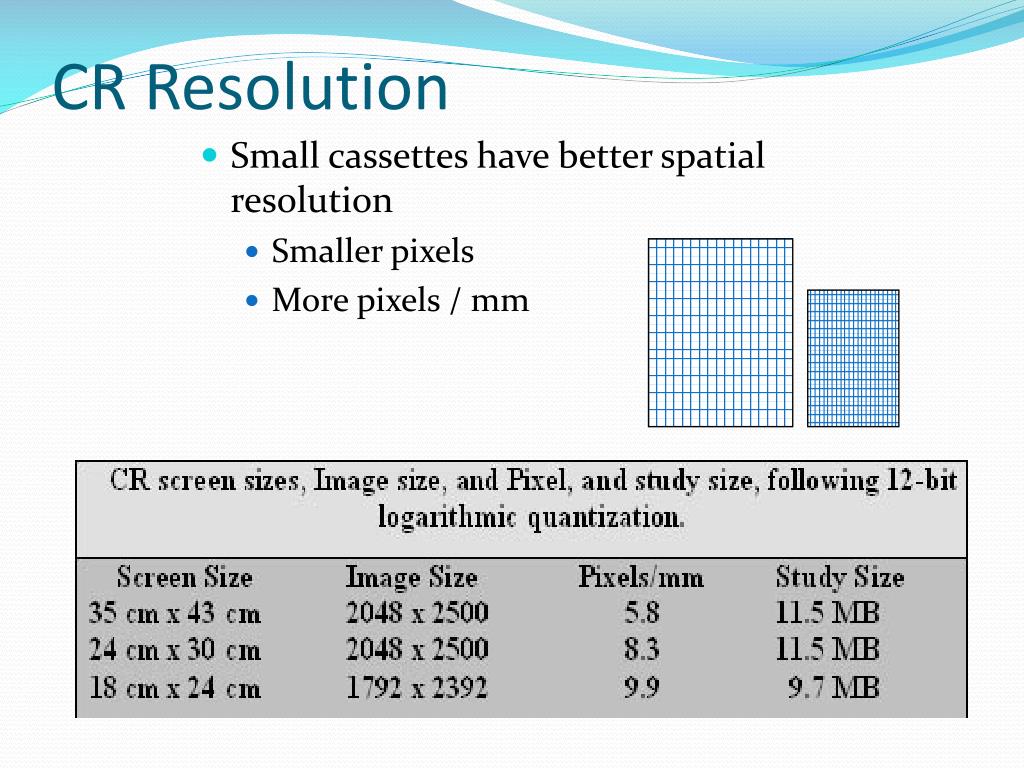
Application of micro-CT in small animal imaging. In vivo high angular resolution diffusion-weighted imaging of mouse brain at 16.4 Tesla. In vivo mapping of macroscopic neuronal projections in the mouse hippocampus using high-resolution diffusion MRI. Small-animal whole-body photoacoustic tomography: a review. Going deeper than microscopy: the optical imaging frontier in biology. in Small Animal Imaging: Basics and Practical Guide (eds Kiessling, F. To overcome all of the above limitations using one system, new imaging modalities need to be developed.īaker, M. UST does not image blood oxygenation or extravascular molecular contrasts 9. In addition, X-ray CT, PET and SPECT use ionising radiation, which may inhibit longitudinal monitoring 8. PET and SPECT alone suffer from poor spatial resolution. For example, adapting MRI to achieve microscopic resolution requires a costly high magnetic field and a long data acquisition time, ranging from seconds to minutes, which is too slow for imaging dynamics 5, 6. Although these techniques provide deep penetration, they suffer from significant limitations. Previously, small-animal whole-body imaging has typically relied on non-optical approaches, including magnetic resonance imaging (MRI), X-ray computed tomography (X-ray CT), positron emission tomography (PET) or single-photon emission computed tomography (SPECT), and ultrasound tomography (UST) 3, 4. In addition to high spatiotemporal resolution, the ideal non-invasive small-animal imaging technique should provide deep penetration, and anatomical and functional contrasts.

The ability to directly visualize dynamics with high spatiotemporal resolution in these small-animal models at the whole-body scale provides insights into biological processes at the whole-organism level 2. Small animals, especially rodents, are essential models for preclinical studies, and they play an important role in modelling human physiology and development, in guiding the study of human diseases and in seeking effective treatment 1.


SIP-PACT holds great potential for both preclinical imaging and clinical translation. We tracked unlabelled circulating melanoma cells and imaged the vasculature and functional connectivity of whole rat brains. Using SIP-PACT, we imaged in vivo whole-body dynamics of small animals in real time and obtained clear sub-organ anatomical and functional details. Here, we demonstrate that stand-alone single-impulse panoramic photoacoustic computed tomography (SIP-PACT) mitigates these limitations by combining high spatiotemporal resolution (125 μm in-plane resolution, 50 μs per frame data acquisition and 50 Hz frame rate), deep penetration (48 mm cross-sectional width in vivo), anatomical, dynamical and functional contrasts, and full-view fidelity. Yet, pure optical imaging suffers from either shallow penetration (up to ~1–2 mm) or a poor depth-to-resolution ratio (~3), and non-optical techniques for whole-body imaging of small animals lack either spatiotemporal resolution or functional contrast. Imaging of small animals has played an indispensable role in preclinical research by providing high-dimensional physiological, pathological and phenotypic insights with clinical relevance.


 0 kommentar(er)
0 kommentar(er)
